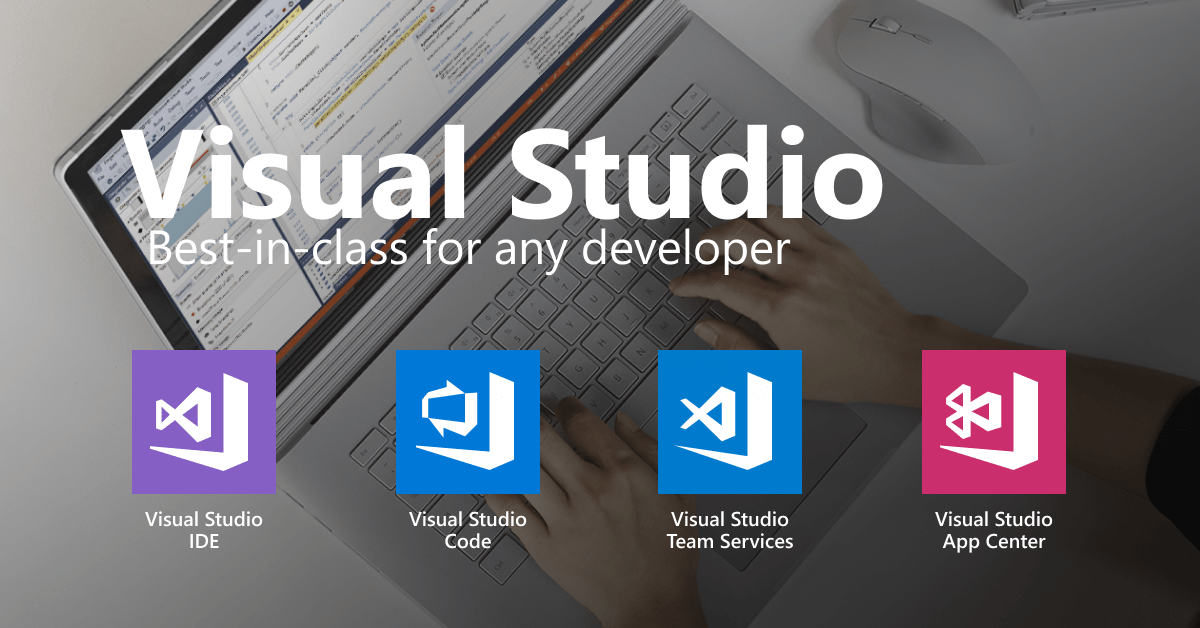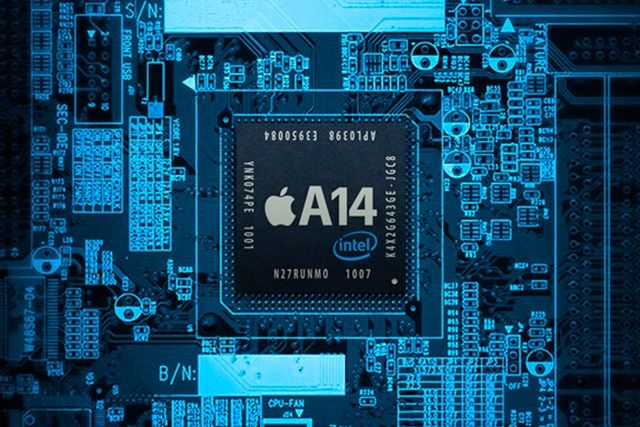Yes, my device are connected on mac. And this isn't explain the simulators don't appear. When the version don't match the visual studio simply don't connect with build host. And I get a warning. I'm using parallels desktop. It could be some network config and the visual studio isn't get everything it need to work. Let's take a look at building your first iOS & Android app with.NET in Visual Studio for Mac. We'll look at the app's structure, creating the UI, and adding. Hi i mistakenly upgraded Visual Studio for Mac to 8.5.2 (build 13) which has Xamarin.iOS Version: 13.16.0.13 (Visual Studio Community). Turns out this doesn't work with XCode 11.3.1 and needs XCode 11.4, which means I will need to upgrade the OS from Mojave to Catalina; i'm not ready to. I can deploy my Xamarin iOS app to the iOS simulator just fine. But I can't deploy it to an actual iPhone. I can deploy a native iOS template app to an iPhone or an iPhone simulator, so it's just in Visual Studio that it doesn't work. It seems that the provisioning profile is automatically detected in xcode, but not in Visual Studio.
August 24, 2016 by Kenneth Auchenberg
Update
The iOS Web debugger has been deprecated and we now recommend that you use the RemoteDebug iOS WebKit Adapter together with Visual Studio Code. To learn more, see this introductory guide to the RemoteDebug iOS WebKit Adapter.
Introduction
Debugging websites running on iOS devices is accessible only to a subset of developers. For example, using the Safari Web Inspector (Safari DevTools) requires an instance of desktop Safari which only is available for macOS users. Today, we’re enabling mobile web developers to debug JavaScript running on their iOS devices directly from their editor with a new iOS Web Debugger for Visual Studio Code. This debug extension works on both Mac and Windows.
Our new iOS Web Debugger works quite similar to our Chrome debugger which we introduced back in February. Under the hood, it’s the same debugger running inside VS Code, which is powered by our open-source vscode-chrome-debug-core library. To make the connection from our debugging library to the iOS device, we are leveraging two open-source projects, ios-webkit-debug-proxy and ios-webkit-debug-proxy-win32, that enables communication with the iOS devices over USB through the WebKit Remote Debugging Protocol. The protocol is compatible with the Chrome Debugging Protocol for the script debugging APIs, and this means our debugger works without additional mapping logic.
Enabling easy local development through emulated port forwarding
When developing websites running locally, it’s a cumbersome process to enable mobile devices access your local development server, which usually is a HTTP server running on localhost. To make this easier, platforms like Android supports port-forwarding natively, but iOS doesn’t support this.
So we found a way to emulate port forwarding by adding the option to start an instance of localtunnel, that behind the scenes creates HTTP tunnel from your local computer to the public internet for the specified tunnelPort property. This HTTP tunnel is then used by the iOS device to get access to your local development server, just as any other public website.
Getting started
To get started, open the Extensions view (⇧⌘X (Windows, Linux Ctrl+Shift+X)). When the extension list appears, type 'ios' to filter the list and install the Debugger for iOS Web extension. You'll then create a launch-configuration file which we explain in detail in our README right here.
Supported features
In this release, we support the following features:
- Setting breakpoints, including in source files when source maps are enabled
- Stepping
- Stack traces
- The Locals pane
- Debugging eval scripts, script tags, and scripts that are added dynamically
- Watches
- Console
- Virtual port forwarding via HTTP tunnel from local computer.
Experimenting out in the open

Visual Studio For Mac Ios Versions
Our new iOS Web Debugger is a public experiment and this means we are releasing it to the public to find out if integrated script debugging for iOS are valuable for developers, so please let us know what you think.
If you have any issues or ideas for improvements, feel free to reach out to us on Twitter or on GitHub.
–

Kenneth Auchenberg, Program Manager, JavaScript Diagnostics
With an all-new design that looks great on macOS Big Sur, Xcode 12 has customizable font sizes for the navigator, streamlined code completion, and new document tabs. Xcode 12 builds Universal apps by default to support Mac with Apple Silicon, often without changing a single line of code.
Designed for macOS Big Sur.
Xcode 12 looks great on macOS Big Sur, with a navigator sidebar that goes to the top of the window and clear new toolbar buttons. The navigator defaults to a larger font that’s easier to read, while giving you multiple size choices. New document tabs make it easy to create a working set of files within your workspace.
Document tabs.
The new tab model lets you open a new tab with a double-click, or track the selected file as you click around the navigator. You can re-arrange the document tabs to create a working set of files for your current task, and configure how content is shown within each tab. The navigator tracks the open files within your tabs using strong selection.
Navigator font sizes.
The navigator now tracks the system setting for “Sidebar icon size” used in Finder and Mail. You can also choose a unique font size just for Xcode within Preferences, including the traditional dense information presentation, and up to large fonts and icon targets.
Code completion streamlined.
A new completion UI presents only the information you need, taking up less screen space as you type. And completions are presented much faster, so you can keep coding at maximum speed.
Redesigned organizer.

An all-new design groups all critical information about each of your apps together in one place. Choose any app from any of your teams, then quickly navigate to inspect crash logs, energy reports, and performance metrics, such as battery consumption and launch time of your apps when used by customers.
SwiftUI
C++ Visual Studio Mac

SwiftUI offers new features, improved performance, and the power to do even more, all while maintaining a stable API that makes it easy to bring your existing SwiftUI code forward into Xcode 12. A brand new life cycle management API for apps built with SwiftUI lets you write your entire app in SwiftUI and share even more code across all Apple platforms. And a new widget platform built on SwiftUI lets you build widgets that work great on iPad, iPhone, and Mac. Your SwiftUI views can now be shared with other developers, and appear as first-class controls in the Xcode library. And your existing SwiftUI code continues to work, while providing faster performance, better diagnostics, and access to new controls.
Universal app ready.

Xcode 12 is built as a Universal app that runs 100% natively on Intel-based CPUs and Apple Silicon for great performance and a snappy interface.* It also includes a unified macOS SDK that includes all the frameworks, compilers, debuggers, and other tools you need to build apps that run natively on Apple Silicon and the Intel x86_64 CPU.
Updated automatically
When you open your project in Xcode 12, your app is automatically updated to produce release builds and archives as Universal apps. When you build your app, Xcode produces one binary “slice” for Apple Silicon and one for the Intel x86_64 CPU, then wraps them together as a single app bundle to share or submit to the Mac App Store. You can test this at any time by selecting “Any Mac” as the target in the toolbar.
Test multiple architectures.
Visual Studio Code Ios
On the new Mac with Apple Silicon, you can run and debug apps running on either the native architecture or on Intel virtualization by selecting “My Mac (Rosetta)” in the toolbar.
Multiplatform template
New multiplatform app templates set up new projects to easily share code among iOS, iPadOS, and macOS using SwiftUI and the new lifecycle APIs. The project structure encourages sharing code across all platforms, while creating special custom experiences for each platform where it makes sense for your app.
Improved auto-indentation
Swift code is auto-formatted as you type to make common Swift code patterns look much better, including special support for the “guard” command.
StoreKit testing
New tools in Xcode let you create StoreKit files that describe the various subscription and in-app purchase products your app can offer, and create test scenarios to make sure everything works great for your customers — all locally testable on your Mac.
Get started.
Download Xcode 12 and use these resources to build apps for all Apple platforms.
